Table of Contents
When someone subscribes to an email newsletter, you can automate the first few emails that they receive to welcome them and let them know what they’ve opted in to.
These introductory emails are also known as your welcome email automations, also known as sequences or workflows (flows for short).
Why your website needs a Welcome Flow
The welcome flow is the most fundamental introduction flow that all websites should have. It warms the new subscriber to your brand by letting them know how your services or products will benefit them.
The welcome flow also serves to move the new subscriber along the subscriber lifecycle, by guiding them towards their first action with our business. This will look different for different types of businesses…
| Business Type | Welcome Flow First Action |
| E-Commerce Store | Complete their first purchase |
| Blogs/Content Creation | Share some of your top posts Deliver a free eBook, article, white paper or template |
| Service-Based Businesses | Get survey responses to discover your new customers’ pain points Deliver a free trial (SaaS, apps, technology) Deliver a free consultation or quote (trades, consulting) |
Who is the Welcome Flow for?
The welcome flow is meant for the most organic of your subscribers, rather than subscribers who are promotion-driven or incentivized.
Organic subscribers are the subscribers who have a general idea of what they’re looking for in a product, but don’t have enough information yet to make a purchase decision.
Incentivized subscribers, on the other hand, often have a clearer idea of what they’re looking for, so they’re browsing different brands to compare prices.
Organic subscribers join your list because have a genuine interest in your brand.
Example:
For e-commerce stores, these new subscribers are likely looking to learn more about your brand, products or services, before they shop with you.
This is exactly who the welcome flow is designed for: organic leads who are seeking more information.
The welcome flow will inform them all about your brand, share with them how your product is different from the rest, and should wrap up with a promotional welcome offer to drive the subscriber’s first action.
Converting Subscribers
Even though your welcome flow is meant for an organic audience, it serves a second purpose: it is the first step to converting them into brand enthusiasts.
First impressions matter, so your welcome emails will be the first step to creating long-term business relationships by providing a great subscriber experience and welcome content.
5 steps to build a great Welcome Flow

1. Opt-In Forms
The opt-in forms for your welcome flow are the most important of all opt-in forms.
Most businesses connect the sign-up fields from the footer and main navigation menu to the welcome flow, but you can also create a pop-up form on your homepage.
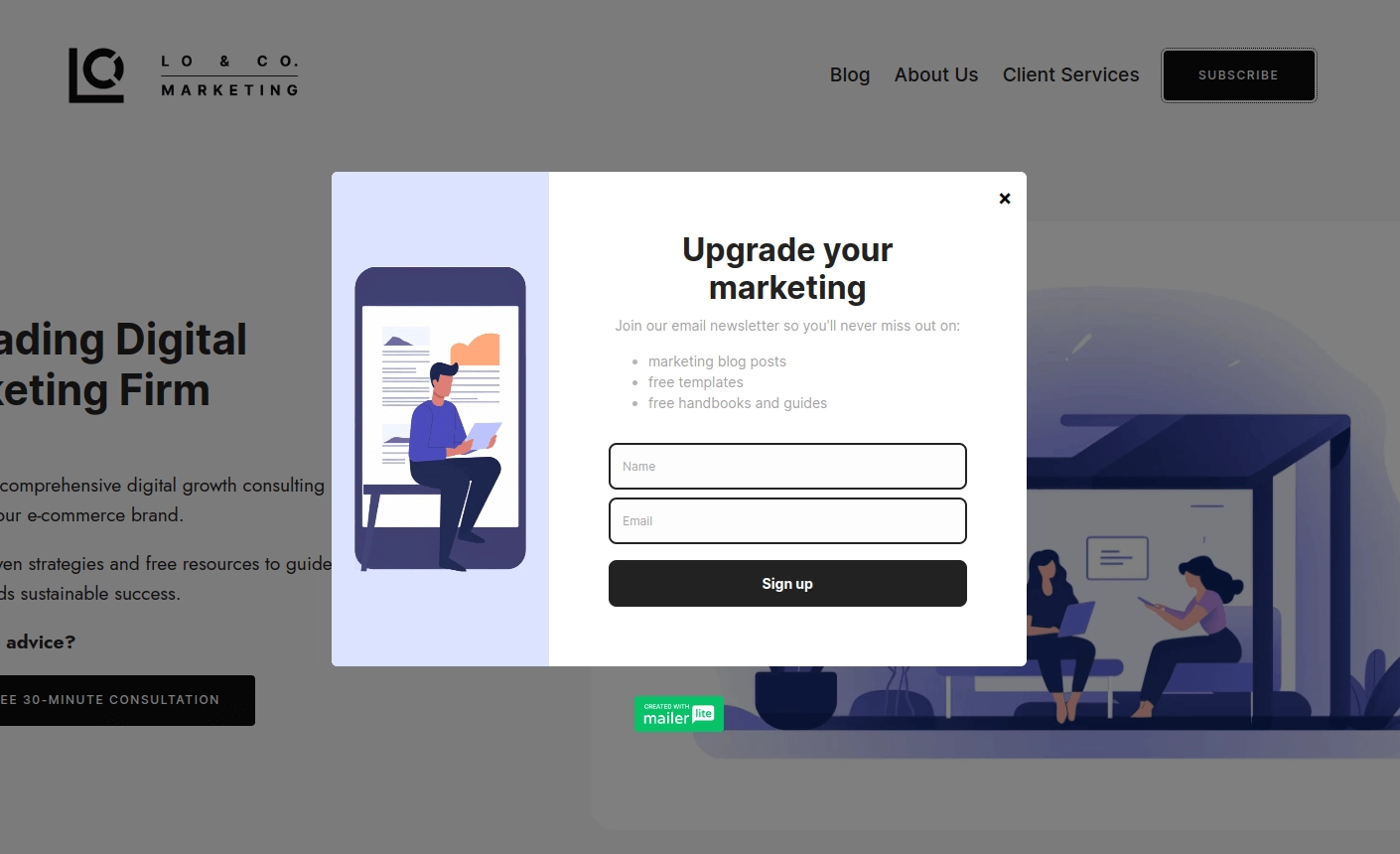


These welcome pop-up forms should look much different than other introduction flows.
The main difference is that in the welcome flow, we do not promote an entry offer — whereas for flows like the exit intent or giveaway contests, the forms will be promoting something in exchange for the user’s email.
(Check out this post to learn more about opt-in strategies!)
2. Set Expectations
It should be absolutely clear to your new subscribers what they have signed up for, so the first few emails in your welcome flow is all about setting expectations.
These emails should include the following information:
- how many emails they will receive and how often
- what your emails will be about
- option to adjust preferences
Nobody likes spam, so be clear to your new subscriber about how many emails they can expect to receive on a weekly basis.
You should also give your subscribers the option to adjust their email preferences, so that they can select what types of messages they receive (promotions, brand updates, new posts, etc.) and how often they’d like to be emailed.
This gives us the ability to send relevant emails to the right audiences, through segmentation.
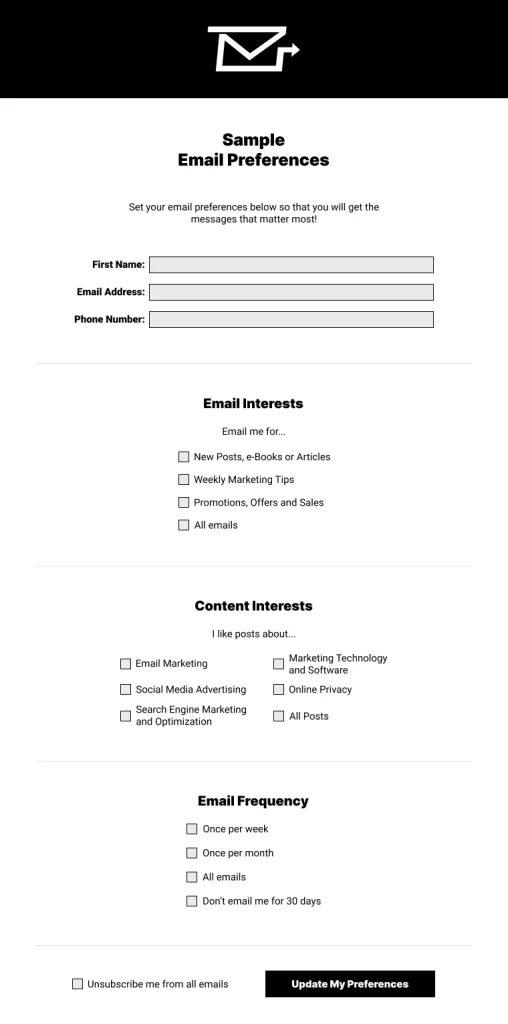
3. Introduce Your Brand
The next few emails should introduce your brand and business. These emails should include:
- your brand story; how it all started
- who your audience is and how you solve their problems
- useful resources such as your policies, blog, or contact information
Whatever you decide to put in these emails, the language should be solution-driven.
Remember that customers care about themselves and their own problems, so you need to communicate how your product/brand solve your subscribers’ problems.
Examples: How to communicate your content in a solution-driven manner
| Your brand story; how it all started | Your brand started because you saw a problem that needed to be fixed, so mention how your business fixes that problem in these emails! |
| Who your audience is and how you solved their problems | Share customer success stories that your new subscribers can relate to Share some of your best customer reviews and testimonies |
| Useful resources (policies, blog, or contact information) | Why is your blog a great resource? What kind of useful information can your subscribers get from it? Are your policies better or different from competitors? If so, it may be worth mentioning (fast shipping, free returns) |
4. Deliver Solutions
Now that your new subscribers have learned a bit about your brand and business, it’s time to promote your products and services.
Again, focus on the problems that your subscribers face, and how your products and services solve those problems. When building these emails, you should consider some of the following elements:
- What are some useful background information about your products/services?
- Why do your current customers come to you?
- What makes you stand out from the crowd?
Before you feature or promote one of your products/services, you should send an email containing valuable background information.
For example:
If you run a skin care business, you should send your new subscriber an email about the vitamins and minerals used in your creams, before you promote specific skin cream.
Background content will help you position your business as an expert in your field, while also providing the subscriber with valuable knowledge that can help solve their problems.
By providing this value up front, we build trust with the subscriber and therefore a better customer experience.
5. Finish with a promotion
As subscribers reach the end of your welcome flow, you should give them a one-time promotional offer to incentivize them to take action.
This promotion may include:
- discount coupon (for e-commerce businesses)
- free e-book or template (for blogs and content creators)
- free consultation (for service-based businesses)
It’s important that your welcome flow ends with a promotion, rather than beginning with one, because many people often subscribe to newsletters to receive a promotion, then immediately unsubscribe.
By delivering a promotion at the end of your welcome series, subscribers are given a chance to learn everything about your products/services.
This way, they can decide if your business is a good fit for them before they make a purchase.
Welcome Flow Examples
The contents of a welcome flow will vary from business to business; here are some examples using the information above to help you get started!
For E-Commerce Stores
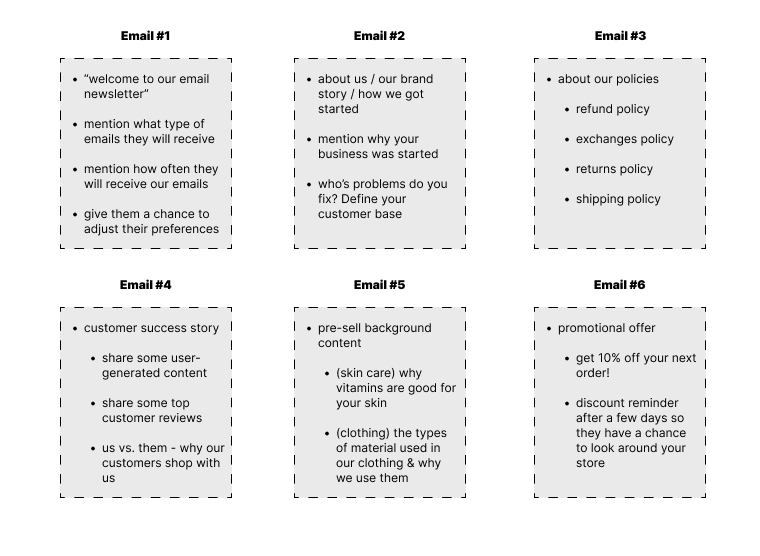
For Blogs
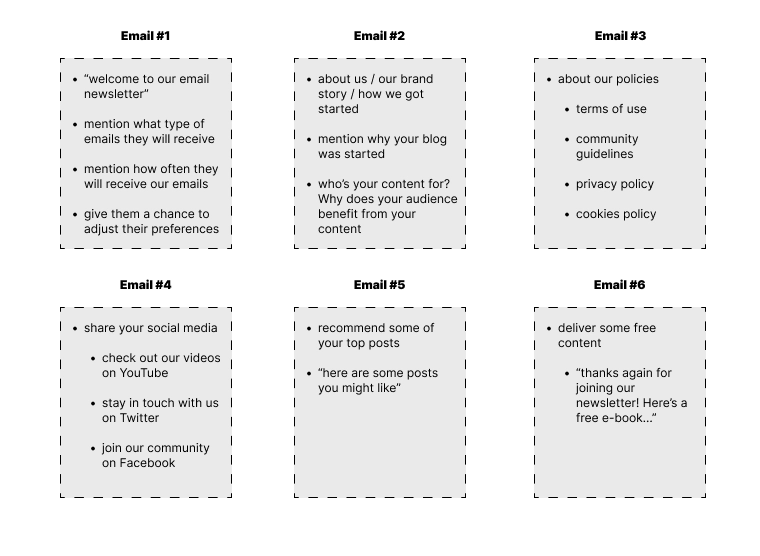
For Service Businesses
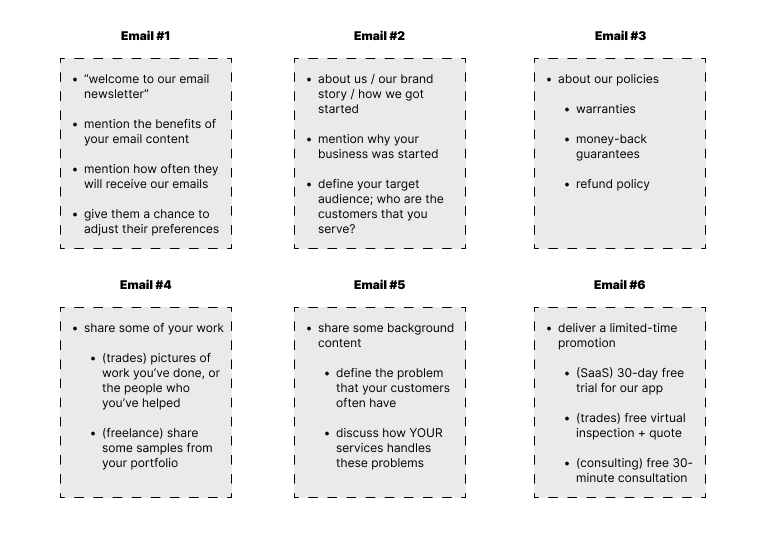
Bonus Tips
- the information given in this post provides a solid starting point, but you should still A/B test what works best for your brand
- most welcome flows span between 4-7 emails in the entire flow
- the language in the welcome flow should be solution-oriented; focus on delivering value and solutions to your new subscriber, and avoid overselling yourself
- if you’re a marketing agency, consider using our white-label email marketing services to build the best welcome flows for your clients!
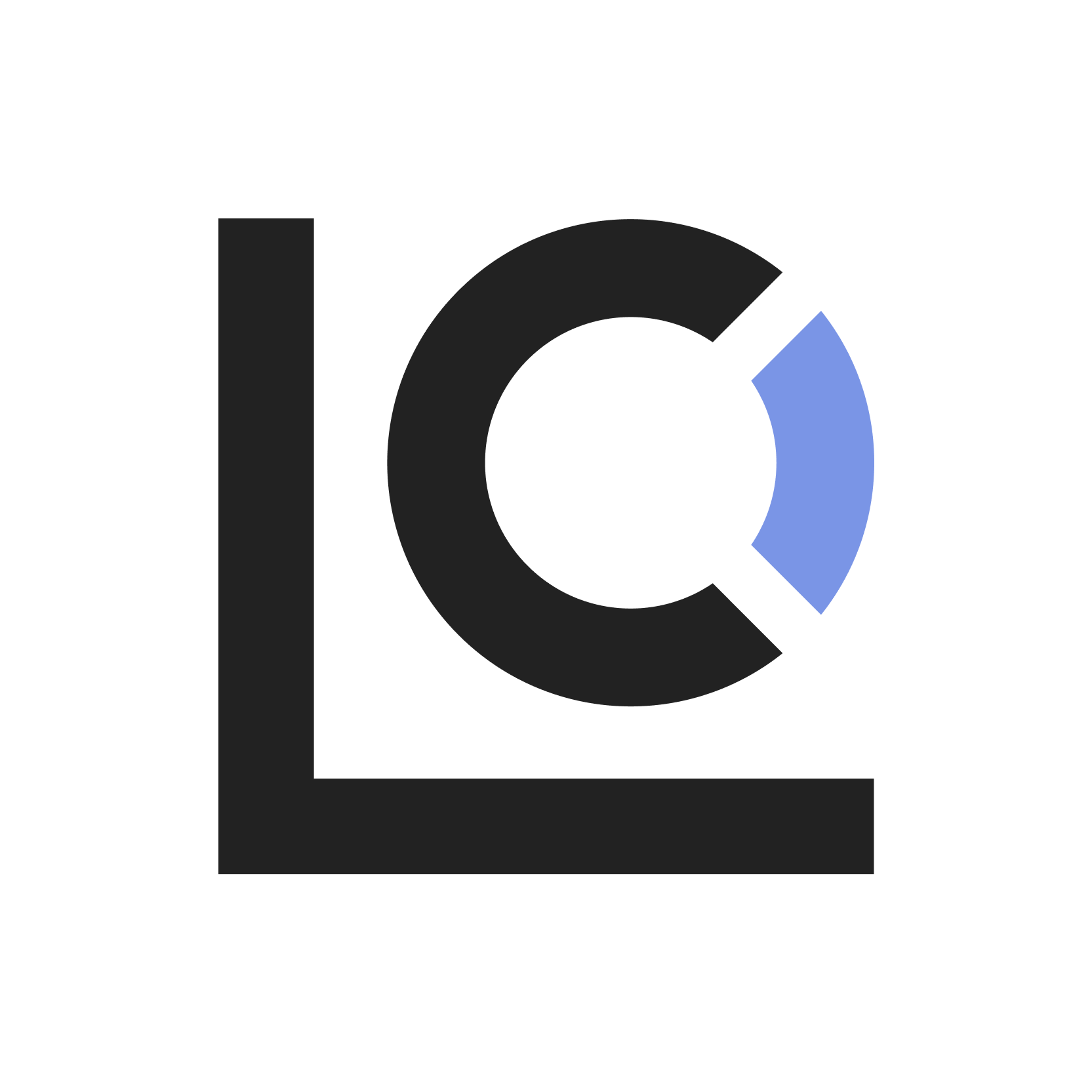
Leave a Reply